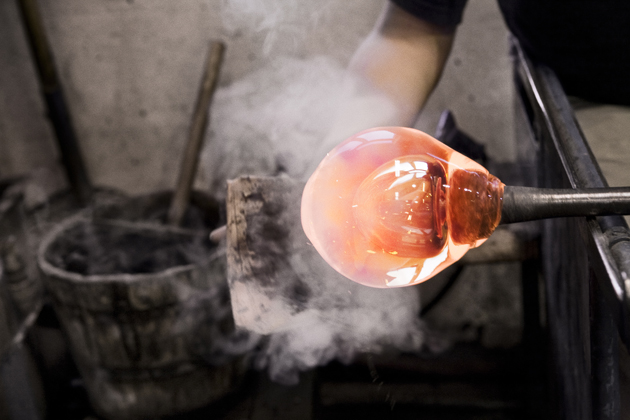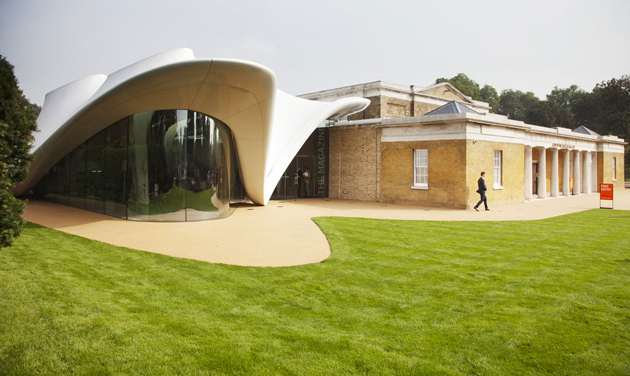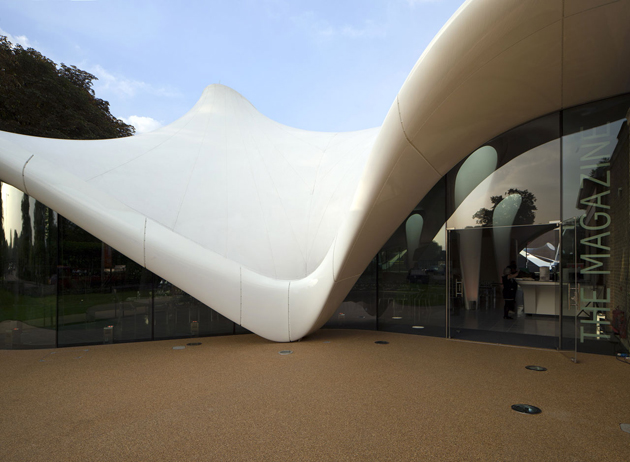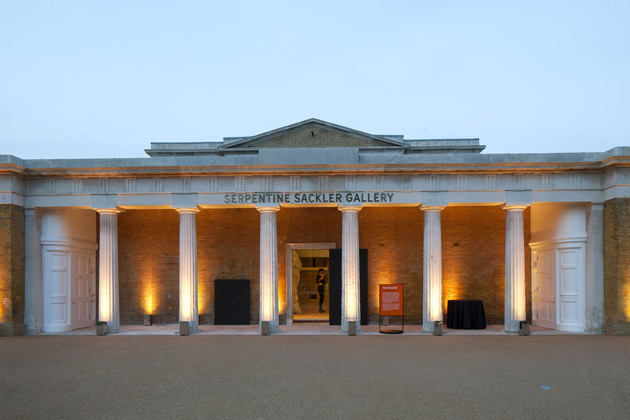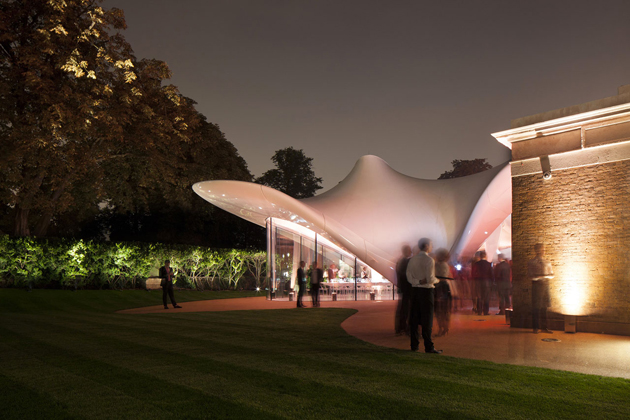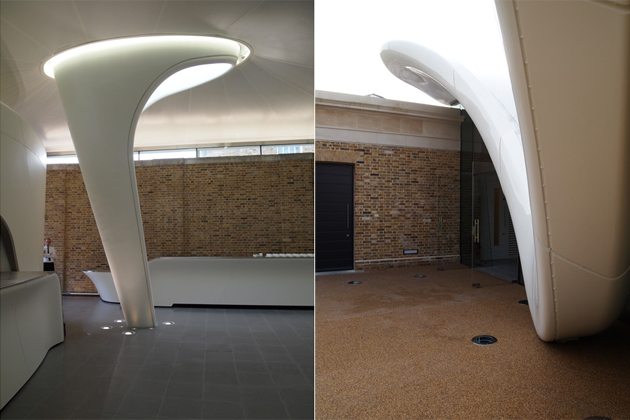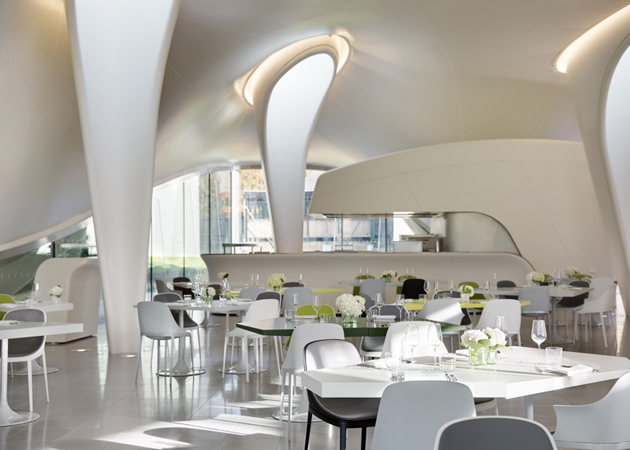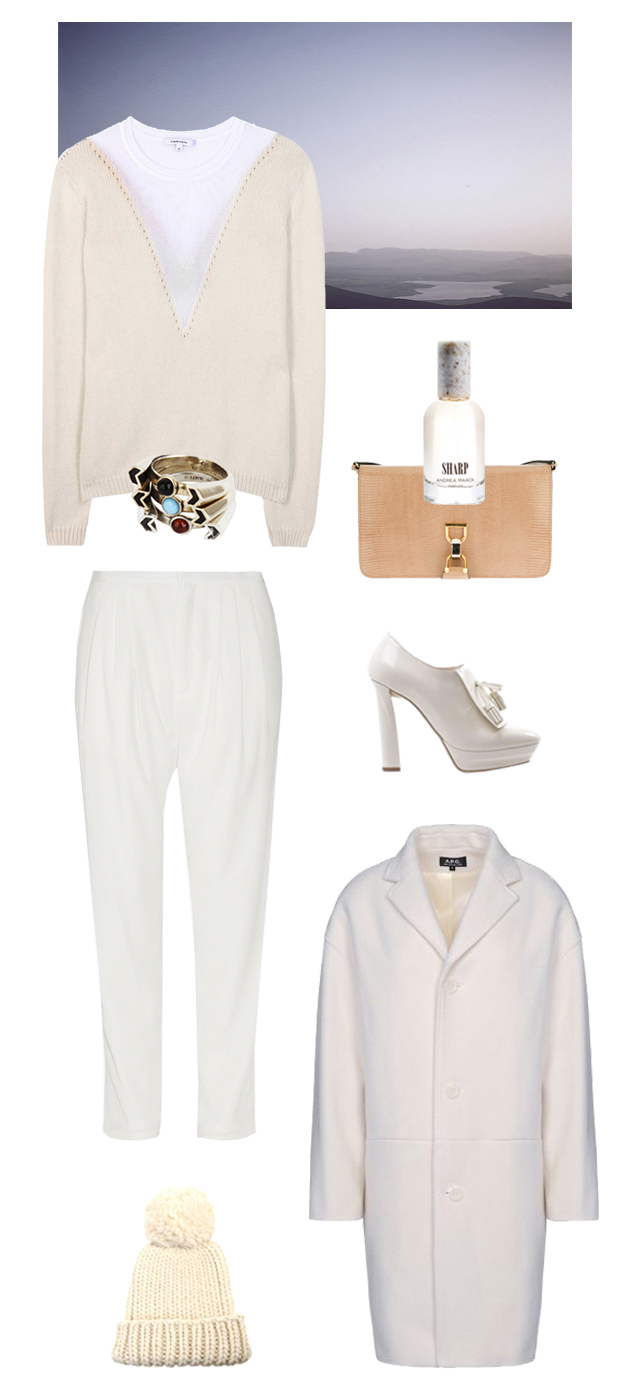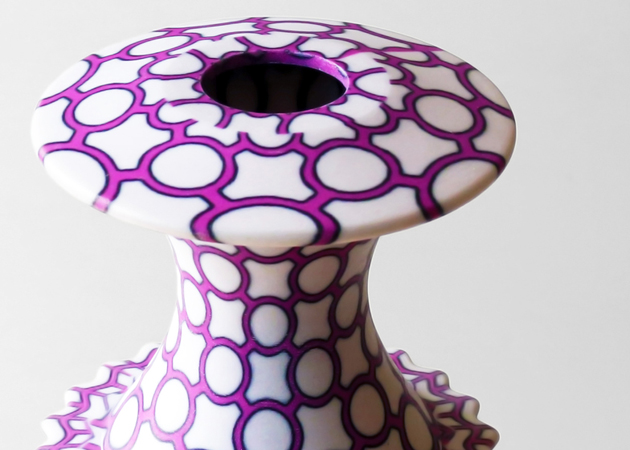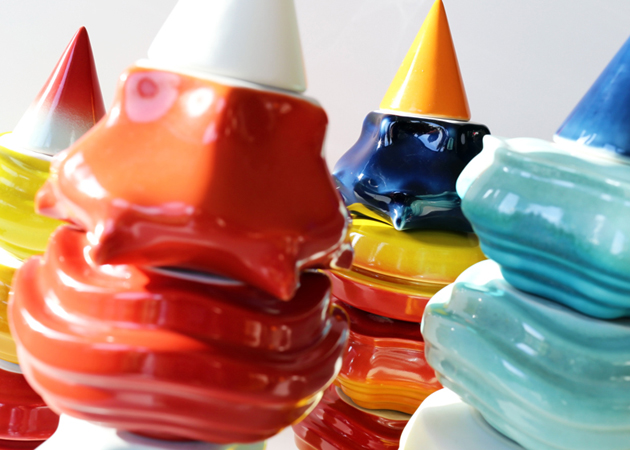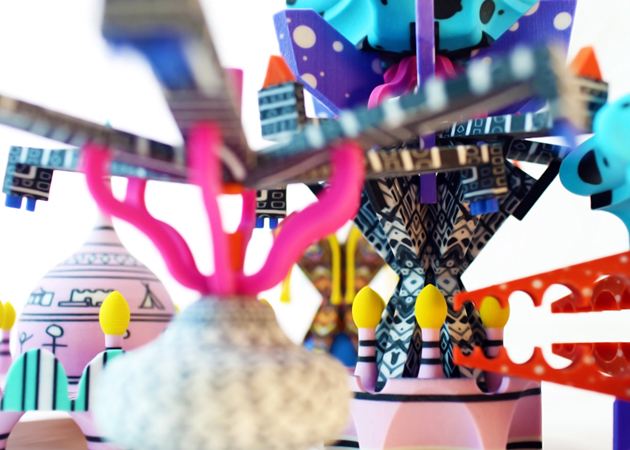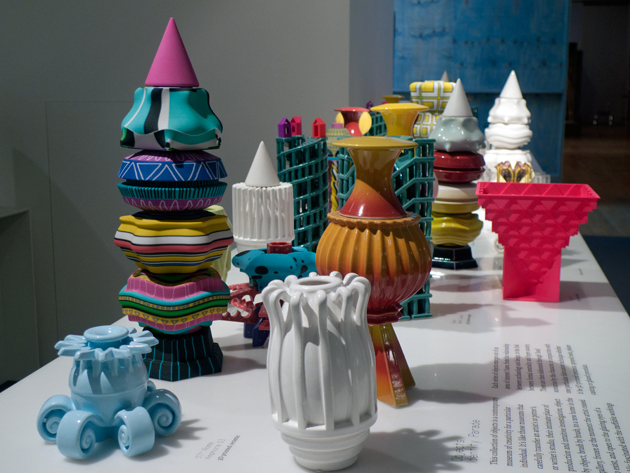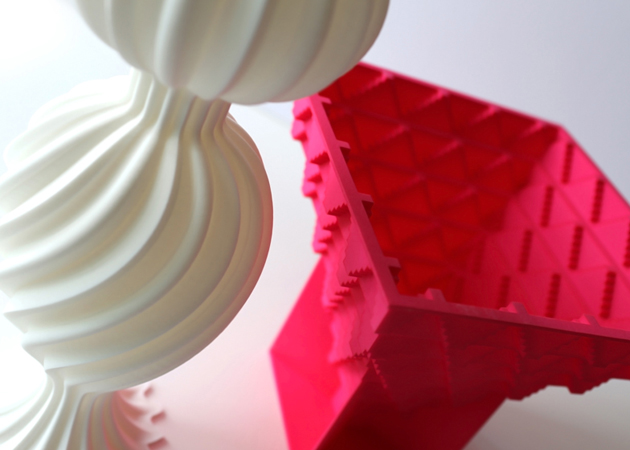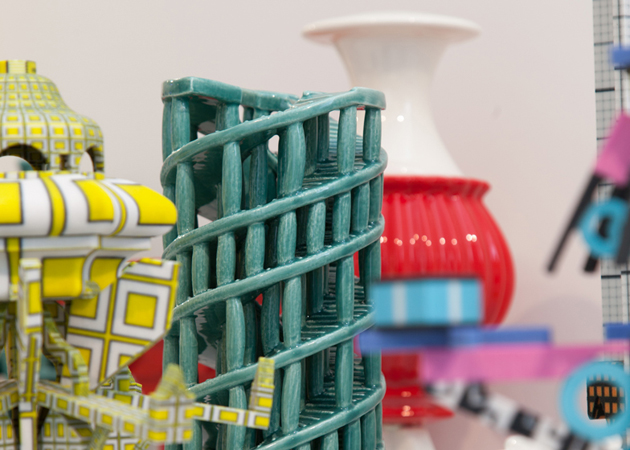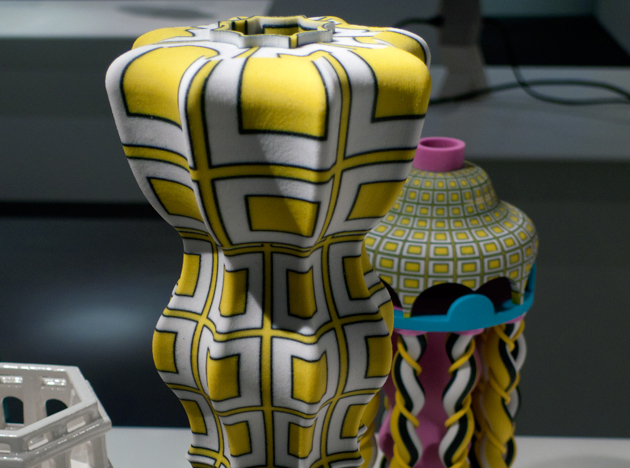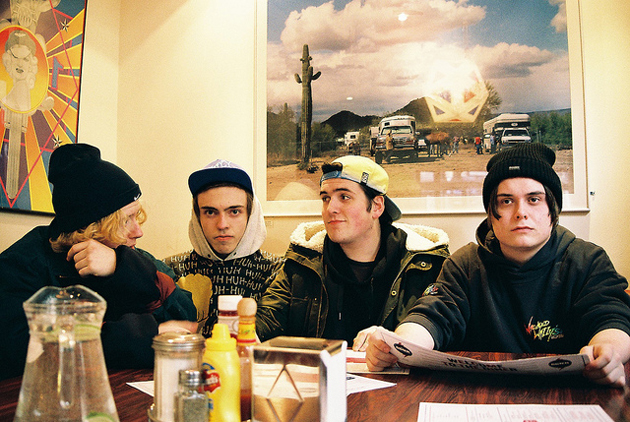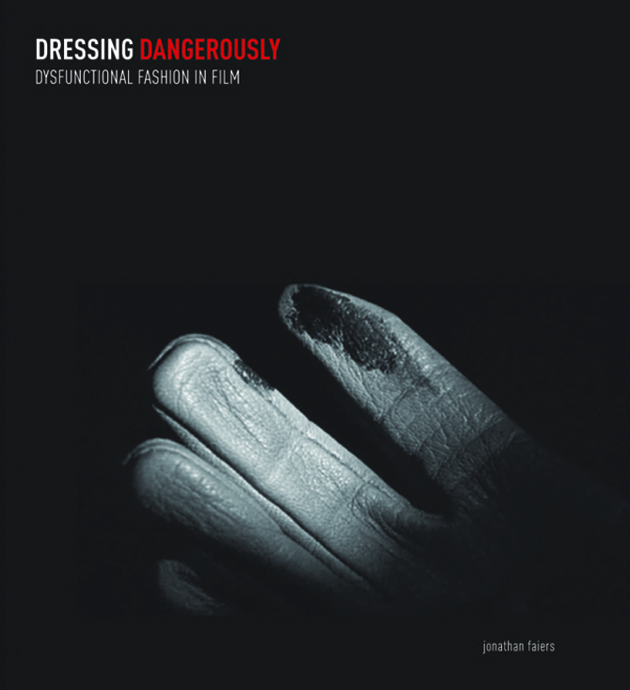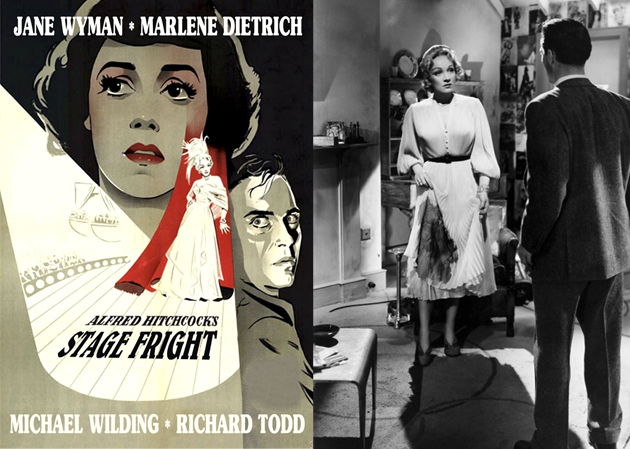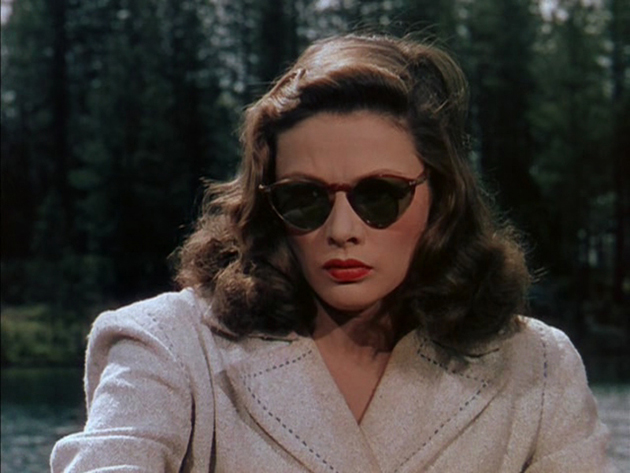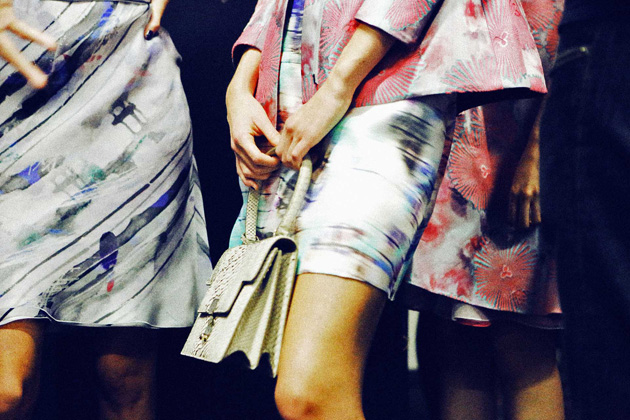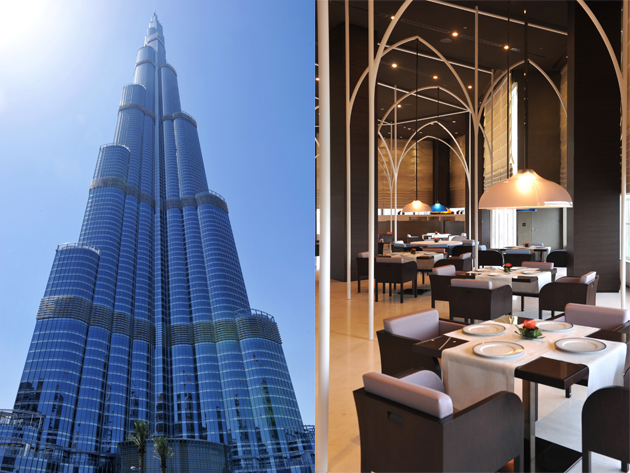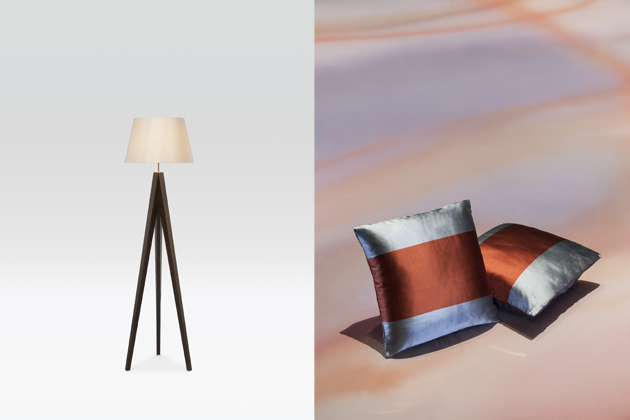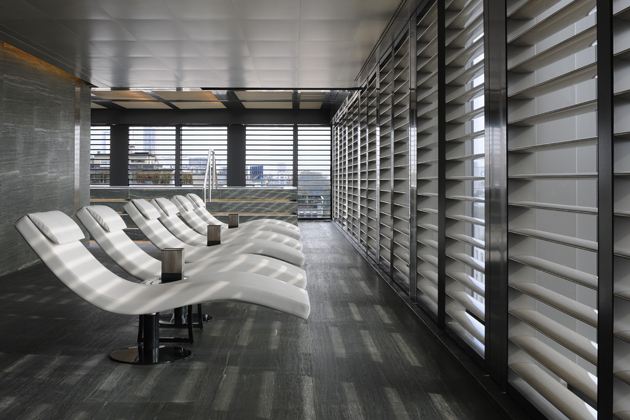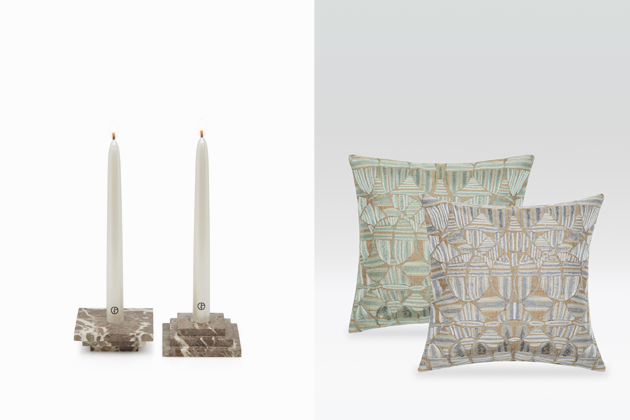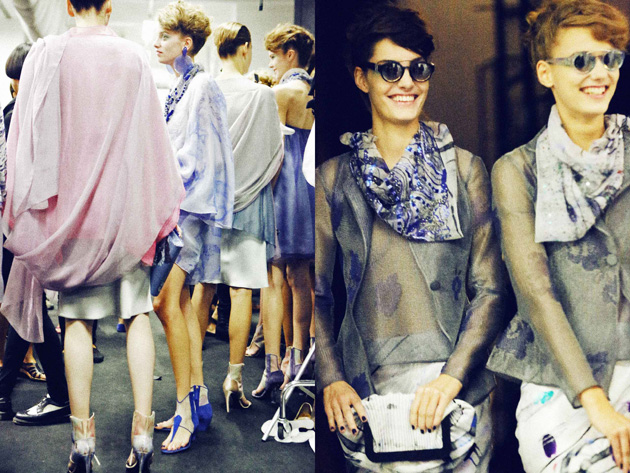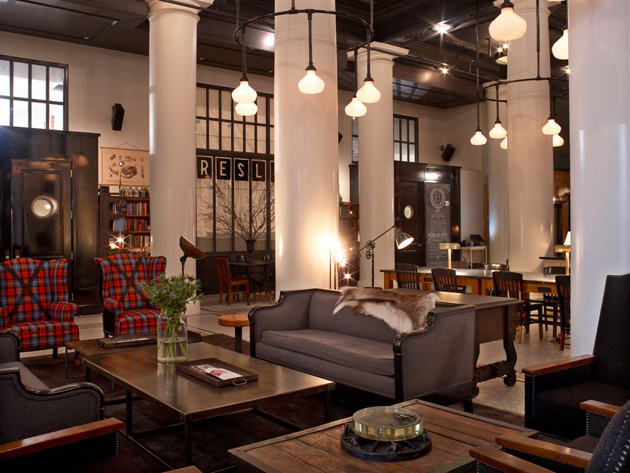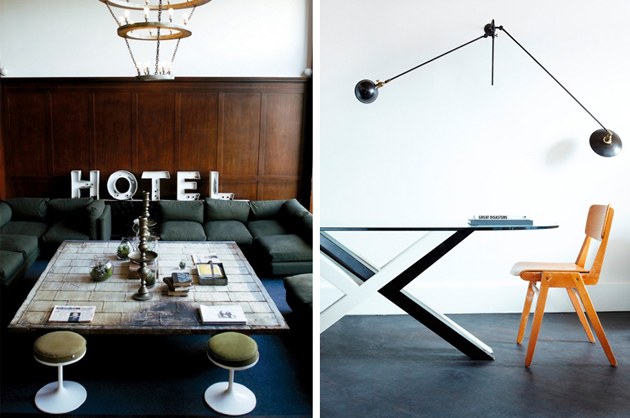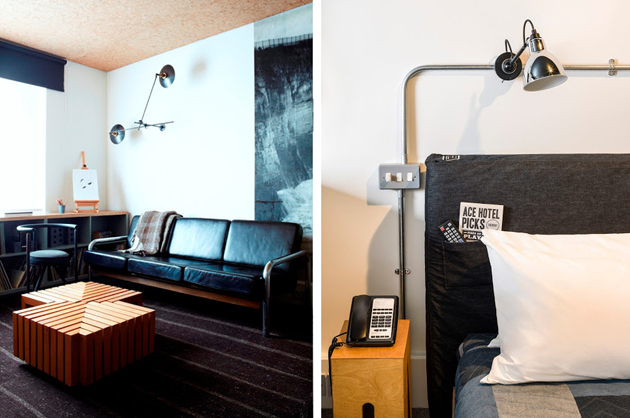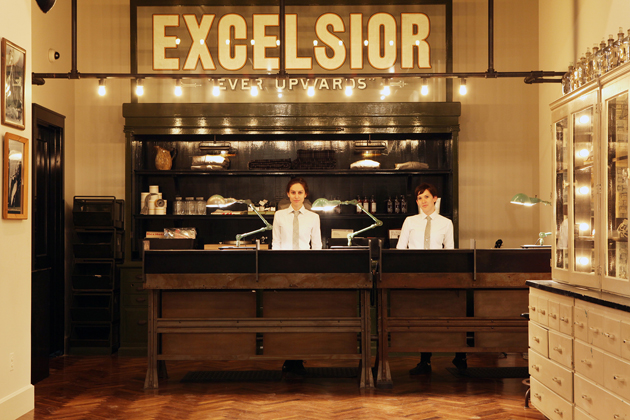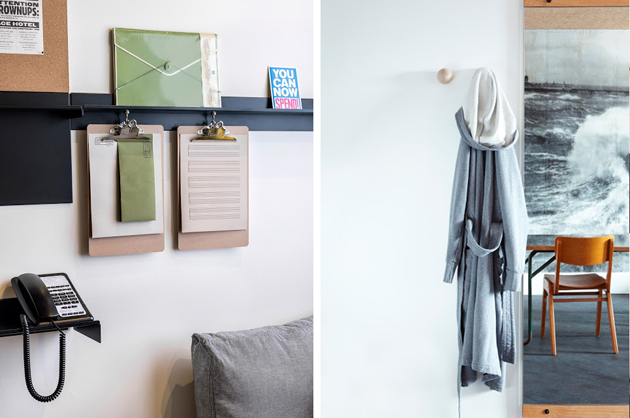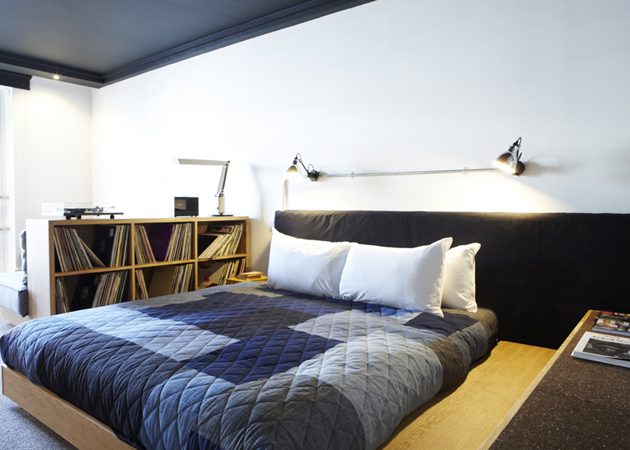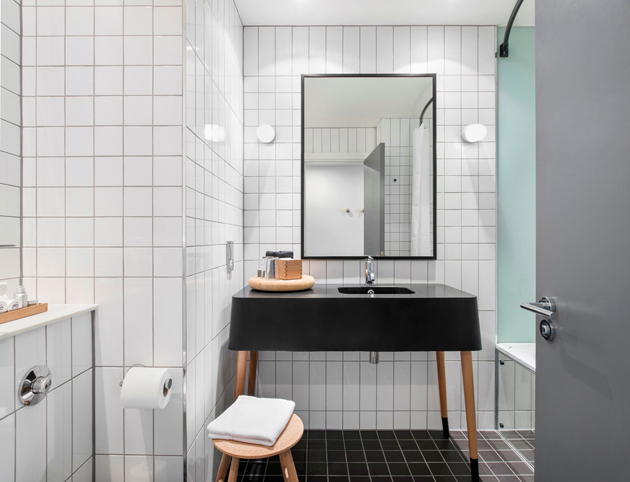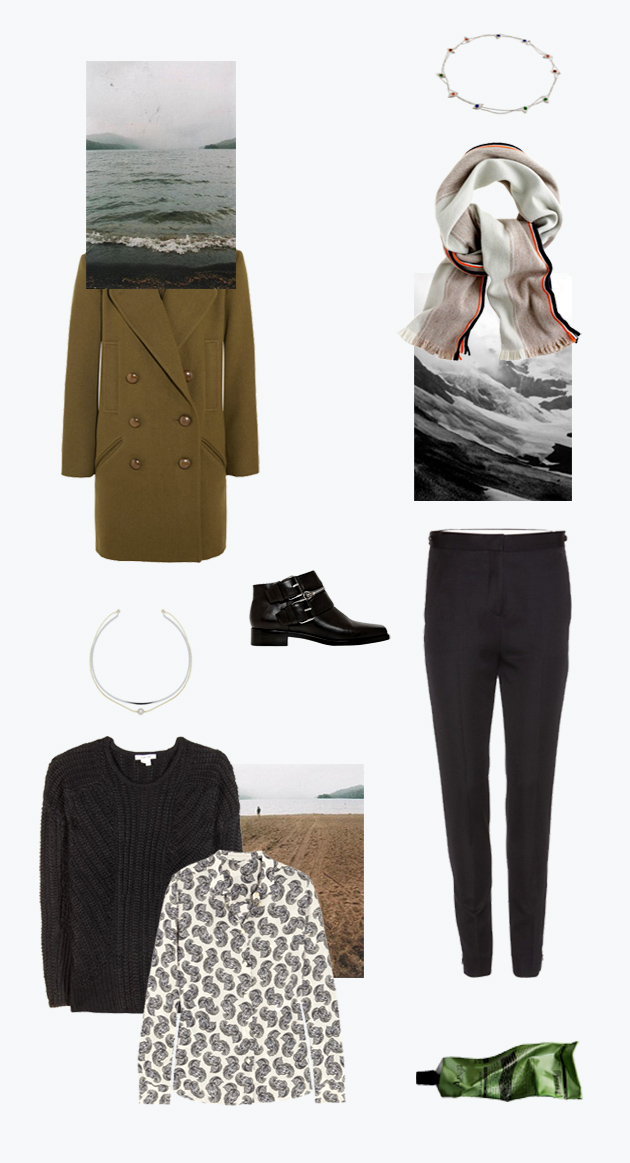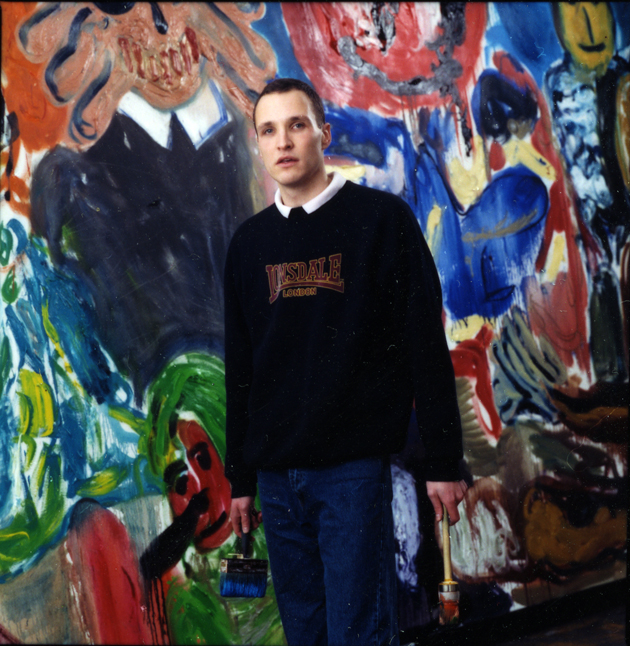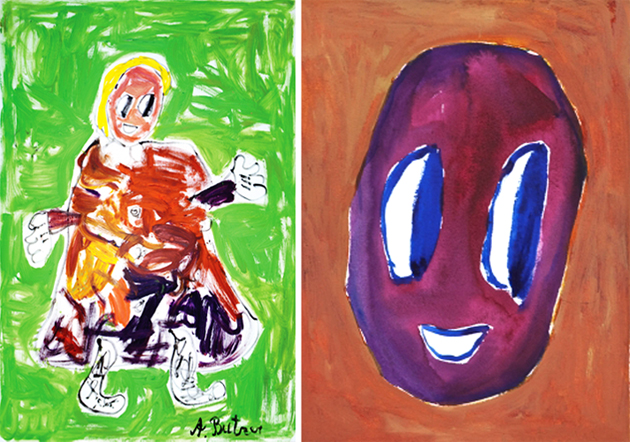In the beginning of this fall, Form, the popular magazine for Nordic Architecture and Design, informed the design world about “the fall of the Crystal Kingdom” in Sweden. The news, that the centre of the Nordic glass industry Orrefors Kosta Boda has been shut down and that 80 percent of the production will be moved to Thailand, has a sorrowful undercurrent and is discussed with a nostalgic sadness.
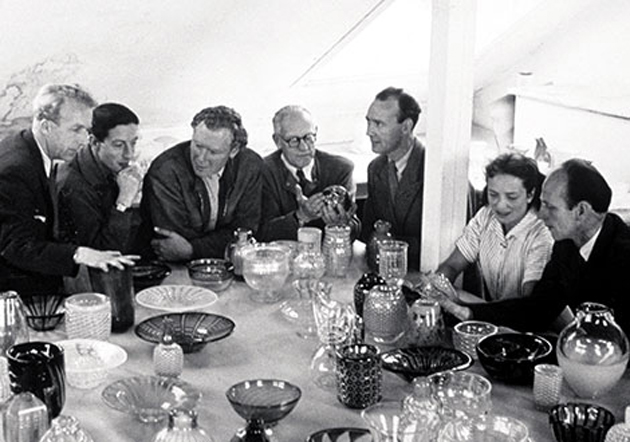
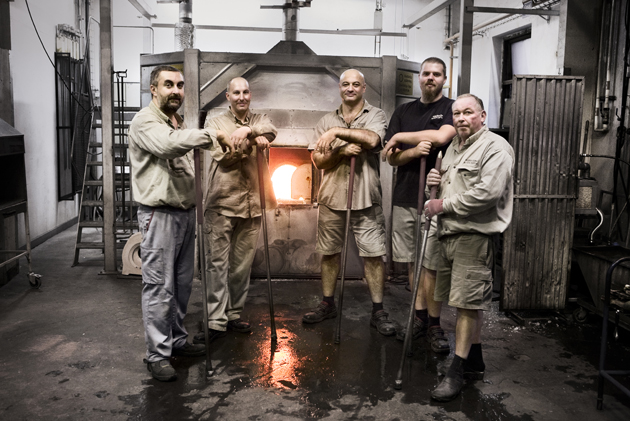
In the south Swedish Småland, Orrefors Glassworks has produced utility glass and crystal art glass since 1898 on the same site where ironworks operations had been run since the early 1700s. In the early 20th century, artists (and designers) became part of the product development process, starting with Simon Gate and Edward Hald in 1916 and recently with Karl Lagerfeld.
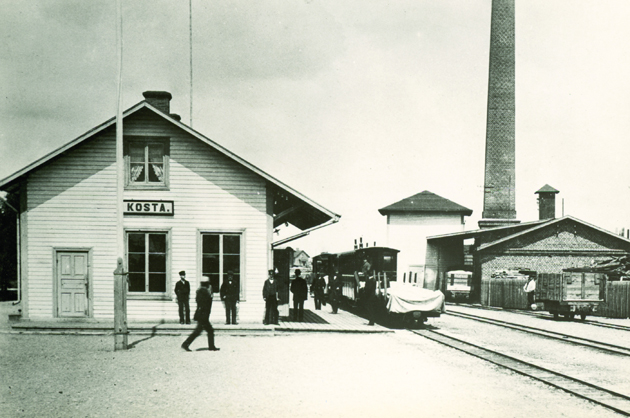

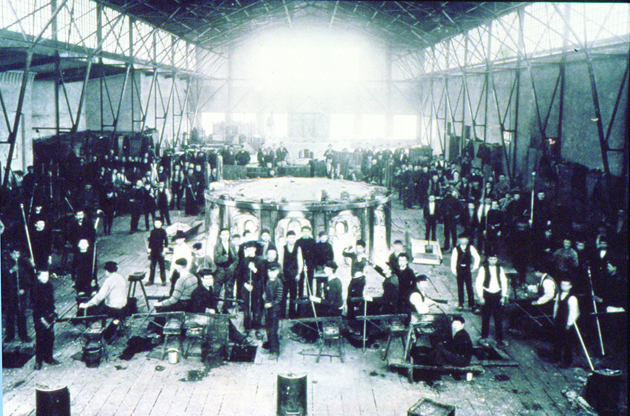
However, the craftsmen who have bore the industry are now sent home after the decision to turn off the kilns in the glassblowing shops in Orrefors and Årfors. The once glassmaking region is left behind empty. Now cheap labour in Thailand is considered to be the only way out of the present economic uncertainty of the Swedish glass industry.
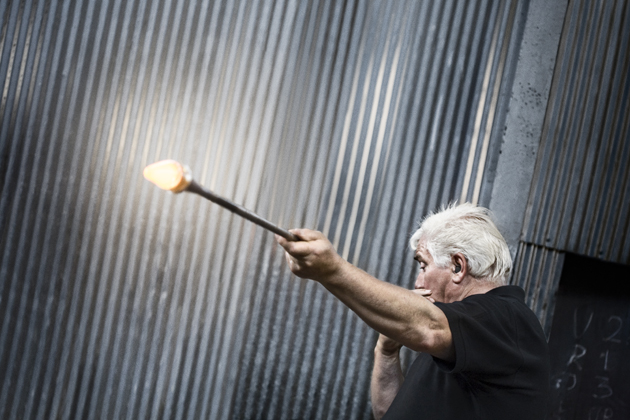
Even though there is a trend of re-evaluating the localism and traditional crafts these days, the fall of the Crystal Kingdom is yet another example of disappearing crafts in Northern Europe. So, what does this mean? Isn’t the thought that we are moving all of our knowledge about traditional crafts to Asia a bit frightening? For now this might seem the only thing for companies to do in order to survive financially, yet is remaining with the knowledge, but without the skills, enough for the future? And although crafts are still taught in the North, it seems to be our persistent demand for cheap products what is killing the job opportunities for skilled craftsmen nearby. And with that, we risk to lose generations of wisdom, skills and crafts if we don’t find alternatives to preserve our artisanal industries.

